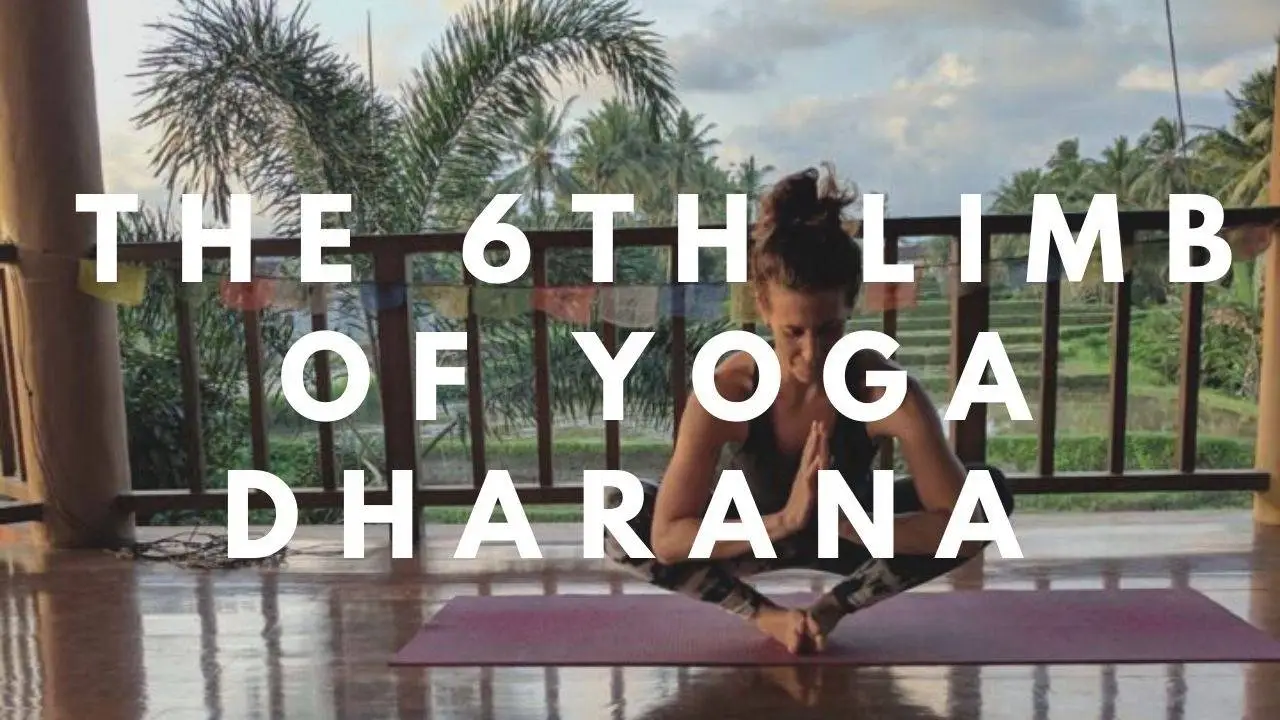Welcome to the world of yoga, where ancient wisdom meets modern life Have you ever heard of Dharana? It’s like a hidden treasure tucked away in the teachings of yoga. Dharana refers to the art of single-pointed focus, a skill that holds immense significance in navigating the complexities of modern life.
Dharana or Concentration is the sixth limb of Ashtanga Yoga. It refers to the concentration of the mind by fixing the mind on a particular object. This could be concentrating on an external object such as a symbol, deity, image, or even the sun or moon. Internal concentration could be on a mantra or a chakra
In this blog, we talk about Dharana, Dharana yoga poses, what is Dharana, the Benefits of Practicing Dharana Yoga Poses, Practical Techniques for Dharana Let’s begin exploring the amazing world of Dharana yoga and discover its transformative power.
Contents
What is Dharana?
Dharana” originates from ancient Sanskrit texts and is part of the eight limbs of yoga, as detailed by the sage Patanjali in his Yoga Sutras. It holds the esteemed position of being the sixth limb, coming before Dhyana (meditation) and Samadhi (ultimate absorption).
Dharana acts as a precursor to the more profound stages of meditation, laying the groundwork for heightened awareness and inner tranquility. It serves as a vital tool for navigating the complexities of modern life, offering a pathway toward greater mental clarity and emotional balance.Dharana allows individuals to cultivate a focused mind, which is essential for delving deeper into meditation and achieving a state of inner peace.
In the process of Dharana, practitioners learn to withdraw their senses from the external world, a practice known as Pratyahara. Pratyahara involves turning inward and detaching from sensory stimuli, allowing the mind to become more receptive to internal experiences. This inner withdrawal sets the stage for Dharana, enabling individuals to concentrate their attention effectively and delve into deeper states of meditation.
How to Practice Dharana

Practicing Dharana yoga involves training the mind to focus on a single point of reference, such as the breath, a mantra, or an object. Here’s a simple step-by-step guide to get started:
- Find a Quiet Space: Choose a quiet and comfortable space where you won’t be disturbed. Sit comfortably, either cross-legged on the floor or in a chair with your feet flat on the ground.
- Choose an Object of Focus: Select a focus point for your concentration. This could be your breath, a candle flame, a mantra (a word or phrase repeated silently), or even a physical object like a flower or a pebble.
- Settle into Stillness: Close your eyes and take a few deep breaths to settle into your body and the present moment. Allow any tension or distractions to melt away as you bring your attention to your chosen focus point
- Maintain Your Focus: As you continue to breathe naturally, gently direct your attention to your chosen object. This could be your breath, a mantra, a candle flame, or any other focal point you’ve selected for your practice of Pranayama.
- Practice Regularly: Dharana is like any other skill – it requires practice and patience. Start with just a few minutes each day and gradually increase the duration as you become more comfortable with the practice.

